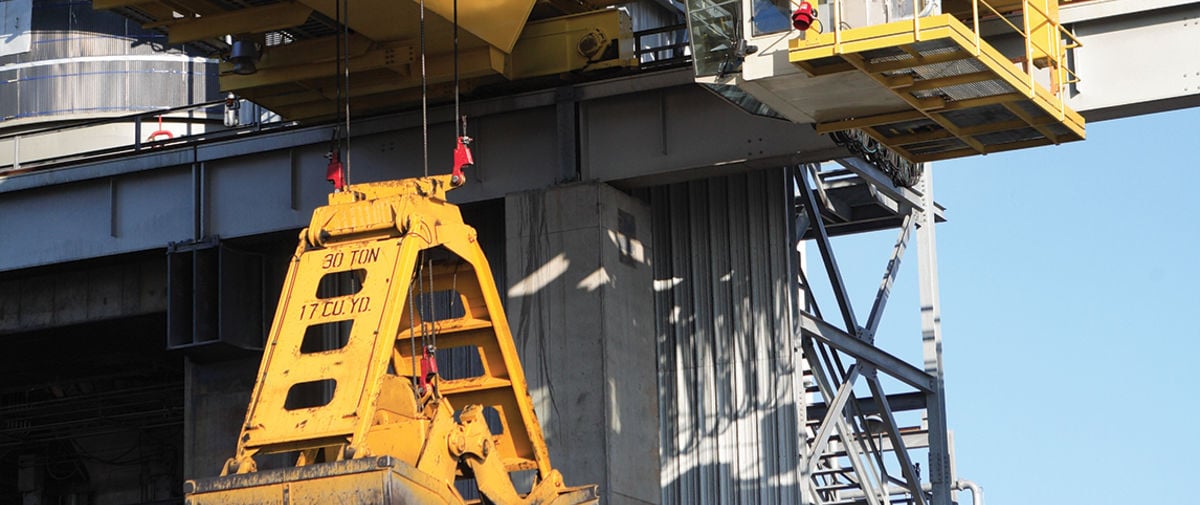Article
Crane automation benefits and considerations
Many material-handling operations don’t require crane automation, but automated cranes offer benefits well worth consideration in certain environments and types of work including those with unpleasant and dangerous environments.
Mark W. Laughlin, Regional Product Manager - Coke Handling
Crane automation offers the benefit of removing humans from undesirable working environments. One example is a large-scale biomass power plant in the northern US that turns turkey waste into energy. Excrement, feathers and feed that fall under the birds’ housing are collected and dumped into boilers for conversion to electricity. This facility and others like it use automated cranes to do the dirty work.
Handling and processing green petroleum coke, a byproduct of oil refining, is another example of how automated cranes can increase crane safety by reducing human exposure to hazardous materials and environments. Coke dust, which is abrasive and flammable, poses a health risk. This risk can be reduced by automating the process and moving the operator from the crane cab to a control room equipped with the same controls available in the cab. The more we automate various functions, the more we reduce operators’ exposure to dangerous or unpleasant conditions.
Automation is also useful for highly repetitive processes and the storage and retrieval of materials. Automated cranes have no trouble coping with the monotony of repetitive work, such as assembly. They keep on working without distraction or fatigue which helps reduce the risk of accidents. In warehouses, crane automation increases accuracy and efficiency of stacking and retrieving items. Automated cranes know right where to find things. In addition, they optimize storage space and logically organize storage based on shipping schedules.
Degrees of crane automation
Some crane users prefer maintaining human control over equipment in their facility. This can be accomplished through semi-automation, in which an operator stays at the controls to override automated operation – for instance, to interrupt a pre-programmed crane path. In addition, many cranes operate manually as software programs run in the background to automatically keep certain aspects of crane movement in check, such as sway or skew. From positioning features on a standard overhead crane to fully automated process cranes, there is a wide range of features to improve safety, reliability and productivity.
